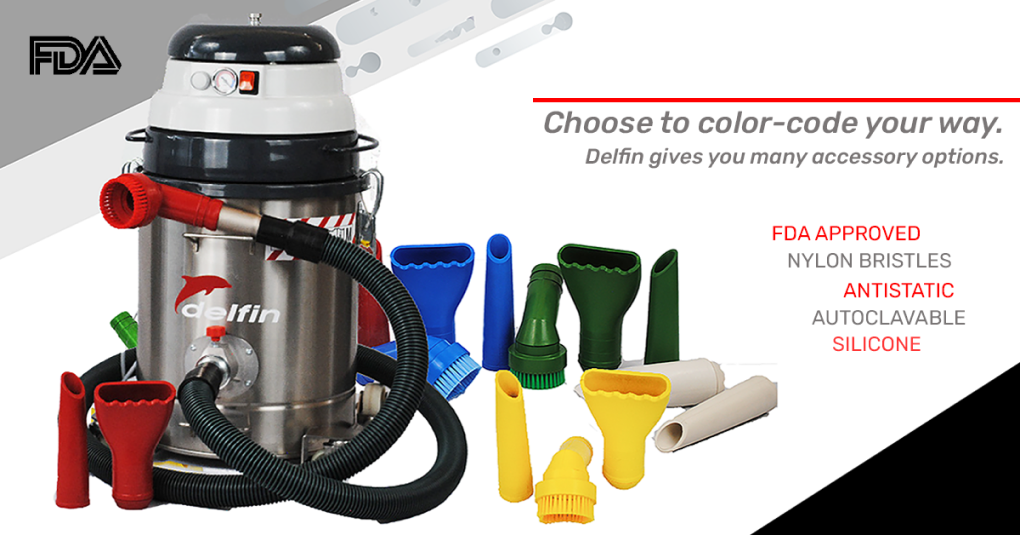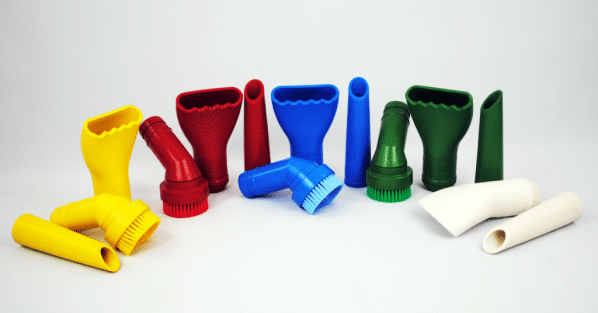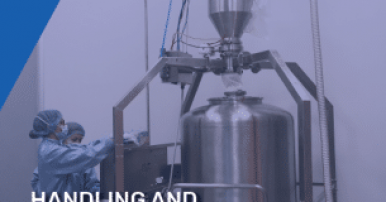With a natural presence of allergens, pathogens and foreign particulates in the air, color-coded safety programs have become a top trend for food and pharma leaders. Assigning colors to common tools is a simple and economic control measure to reduce risk of cross-contamination.
The concept of color-coding is based on the guidelines of Hazard Analysis and Critical Control Points (HACCP), a management program that addresses food safety. It helps establish critical zones and control points by giving visibility to the borders of each operational area.
This allows each area to be facilitated using their own set of standards. Users will also know not to move any tools that are designated for a particular zone.
Is There Color In Your Safety Program?
With a natural presence of allergens, pathogens and foreign particulates in the air, color-coded safety programs have become a top trend for food and pharma leaders. Assigning colors to common tools is a simple and economic control measure to reduce risk of cross-contamination.
The concept of color-coding is based on the guidelines of Hazard Analysis and Critical Control Points (HACCP), a management program that addresses food safety. It helps establish critical zones and control points by giving visibility to the borders of each operational area.
This allows each area to be facilitated using their own set of standards. Users will also know not to move any tools that are designated for a particular zone.

How Can Smaller Facilities Benefit?
Color-coding is a very proactive approach to safety and compliance, especially when workload interferes with keeping ahead on regulations and rising concerns. Enforcing rules with less supervision is also easier once programs become routine practice.
Since color-coded safety programs are not federally administered, companies can decide the best method for organizational goals. For instance, a single color could be used for each employee, shift or project.
How Can I Mitigate Risk?
It’s up to each company to choose how to mitigate risk. However, everyone must accept cross-contamination is a threat regardless of location, equipment, processes, employees or materials.
While there are no specific regulations making color-coded safety programs mandatory, federal agencies such as OSHA and the FDA endorse the practice and look favorably on organizations that adopt it.
Delfin has many colored accessory options for your vacuum systems to boost effectiveness and add convenience. Accessories also come in various material types to assist companies according to their needs and standards.
Learn More About Color-Coding and Our Selection of Accessories






